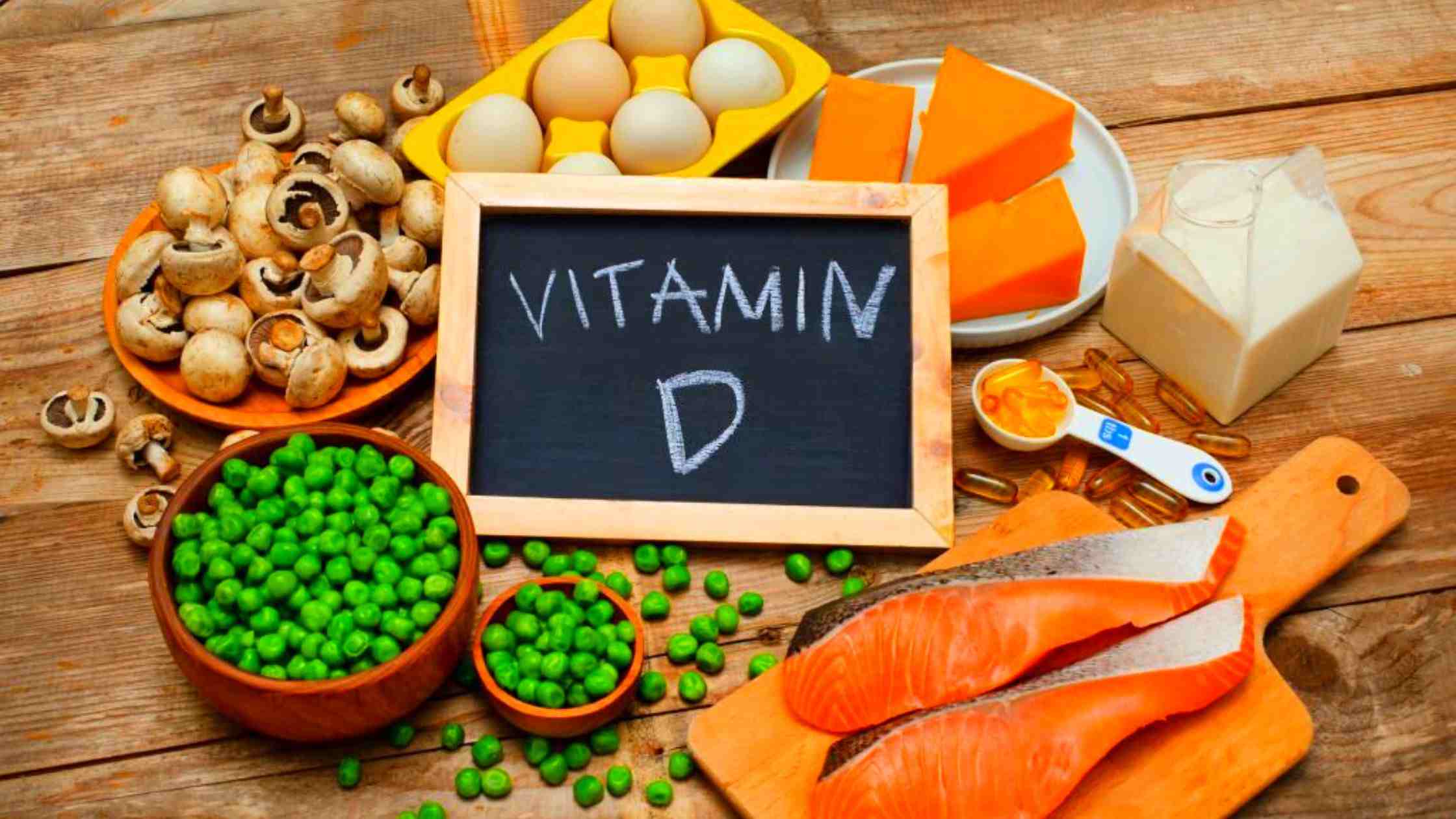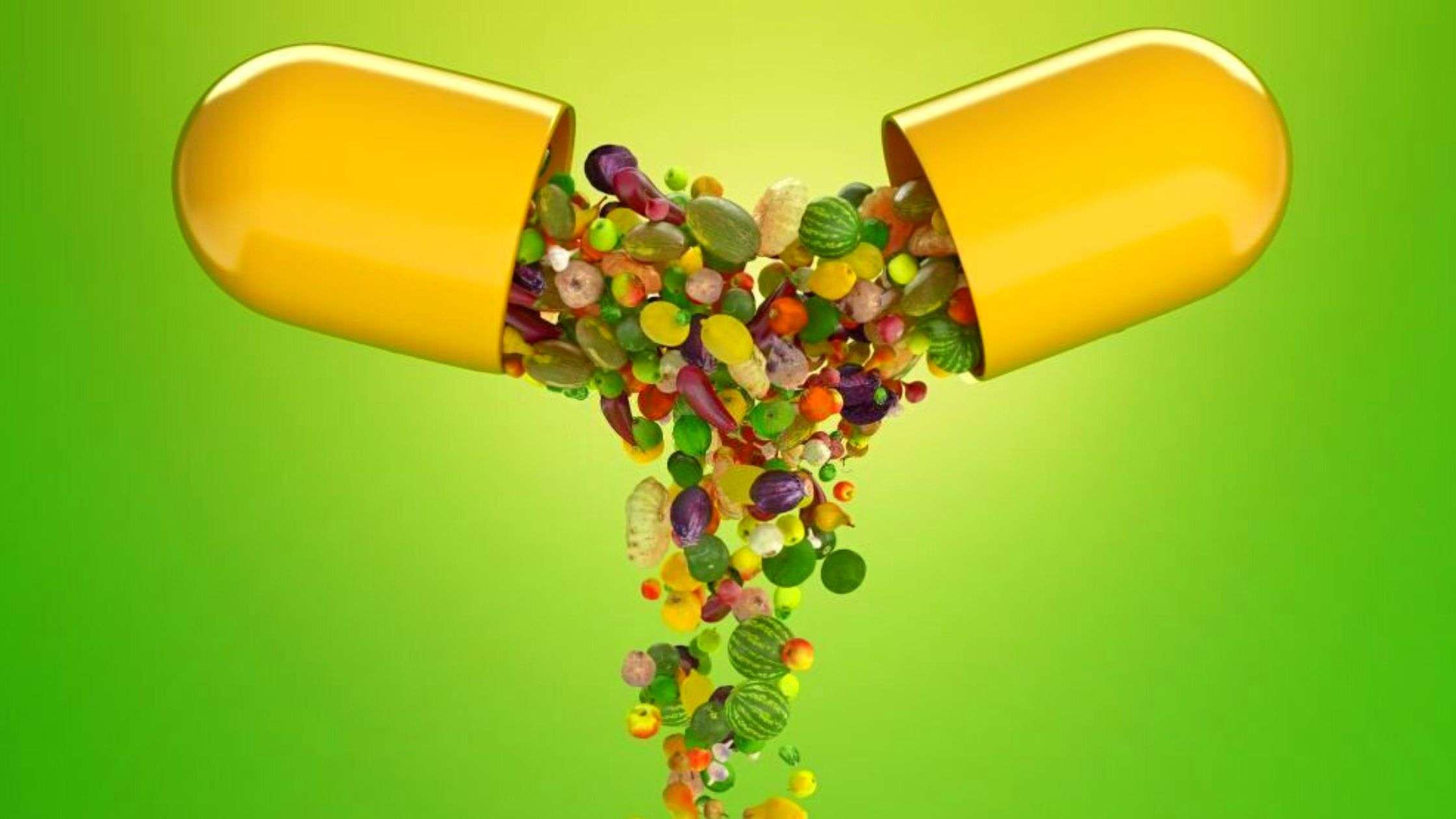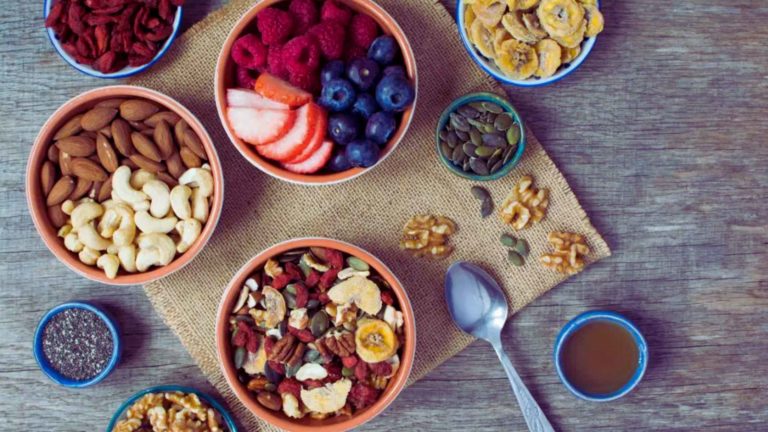The Best Vitamin D-Rich Foods For This Winter To Stay Healthy

With the arrival of holidays and winter, people must be very much aware of their health, so they must plan. Although the season is here, most of you aren’t prepared yet and must be cautious about your health. Winter storms and deadly colds are not only beautiful and at times can get deadly and weaken your health.
As people get close to winter, we can see several changes happening around us. Not only in the case of climate but even we can watch significant changes in your electricity bills and even your dressing style. Just as you are aware of all these minute things, you must also concentrate more on your health and what you eat to keep up your energy levels during this holiday season.
Although the initial days of the season can be bearable, the climate gets worse day after day. And because of this itself, you must be very much prepared to face the rest of the season.
Vitamin D In Foods: Why Is It Important?
Vitamin D plays a major role in maintaining your overall health and it supports all your bodily functions including bone health. A deficiency in this vitamin can affect your immune health and pave the way for autoimmune diseases. As of the latest estimate, more than 24% of the population in the United States is Vitamin D deficient while this rises to 40% in the European population. According to the experts, the daily value(DV) for vitamin D is 800 IU.
The human body produces Vitamin D when it gets exposed to sunlight. And since the weather outside is freezing, you’ll cover up your skin thus reducing the exposure to sunlight at the rarest moments you get out of your house. So, as the door to Vitamin D from sunlight gets closed here, you’ll only be able to take it through your regular diet. But, here too, there will be drastic changes in the choice of food, metabolism, and energy levels.

In order to attain all that you need to attain from Vitamin D, here are some food items that’ll help you get through this winter without any deficiencies.
- Fatty fish
Salmon, one of the most prevalent fatty fish and the greatest source of vitamin D carries around 526 IU of vitamin D in one ounce. The USDA Food Composition Database states that this composition may vary according to the difference in salmon, ie, wild or farmed. Also, this may vary depending on the region and its habitat. It is studied that wild salmon carried more vitamin content rather than farmed ones.
Other than salmon, fishes including tuna, mackerel, and sardines are also the greatest sources of Vitamin D. As per the experts from the American Heart Association, an individual must take omega-3-rich fatty fish twice a week in order to improve their cardiovascular health.
- Cod liver oil
This oil is a better substitute for those who don’t like fish. Cod liver oil carries all the essential nutrients required for the betterment of human health. It’s an excellent source of vitamin D and has been used in traditional medicines for Vitamin D deficiency. It contains 450 IU of vitamin D per teaspoon.
- Mushrooms
For those who are vegetarian or vegan, vitamin D can be acquired through certain mushrooms. Some major varieties of mushrooms are known for their surplus amount of vitamin D. Mushrooms like Raw maitake mushrooms, Dried shiitake mushrooms, etc are good sources of this vitamin. As of the studies, they contain 562 IU per 50 grams and 77 IU per 50 grams.
- Egg yolks
Just like fish, egg yolks are also good sources of vitamin D. not only just yolk but even a whole egg is good for your health. As most of you know, the white part is one of the best sources of protein. At the same time, the yolk carries essential fats, vitamins, minerals, etc. one large egg yolk has 37 IU of Vitamin D and this can be increased by exposing chicken to sunlight, increasing the vitamin D content in the chicken food. Even exposure of egg yolk to UV light will also help a lot.
- Vitamin D-fortified food
As mentioned above, fish is the best source of vitamin D. For vegetarians, natural sources of vitamin D through food could be a little difficult. But in many parts of the world, fortified foods are available that make it easy for acquiring vitamin D. Cow’s milk, soy milk, orange juice, cereals, oatmeal, etc are good sources in this food category. While purchasing such items, you can make sure of the nutrient and vitamin content from their packaging. But while purchasing make sure that these items are fortified or else it won’t be much beneficial.





